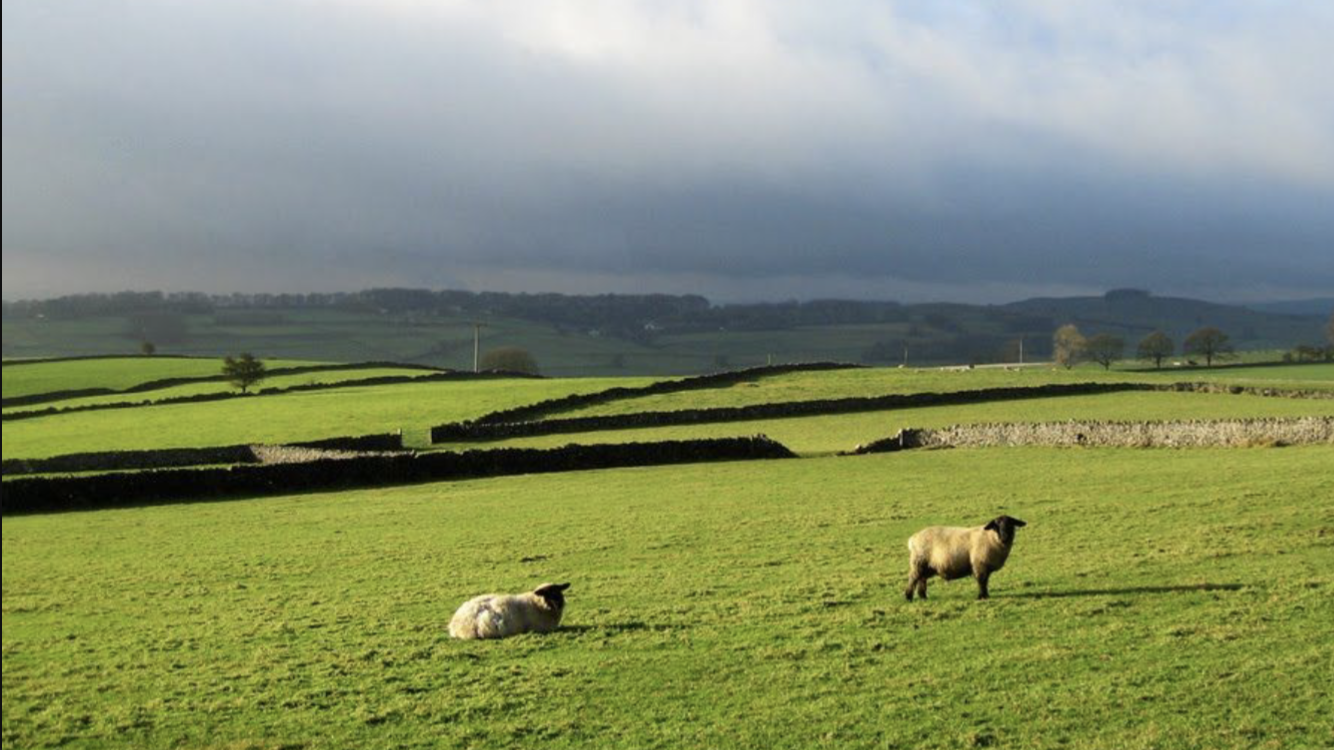Address
Chapel en le Frith, High Peak, Derbyshire
Work Hours
Monday to Friday: 9AM - 7PM
Weekend: 10AM - 5PM

Building a large-scale black soldier fly Farm: part 5
Building a large-scale black soldier fly (BSF) farm requires careful planning, adequate space, and scalable infrastructure. Here’s a comprehensive guide on how to build a big black soldier fly farm:
1. Site Selection:
Choose a suitable location for the BSF farm, preferably away from residential areas due to potential odor concerns. Consider factors such as access to sunlight, water supply, and proximity to organic waste sources.
2. Design Infrastructure:
Develop a detailed plan for the layout and infrastructure of the BSF farm. This may include:
3. Construct Composting Beds:
Build large composting beds or bins to accommodate the volume of organic waste inputs. Use materials such as wood, concrete blocks, or metal frames to construct the beds. Ensure proper drainage and aeration to facilitate composting.
4. Install Drainage and Ventilation Systems:
Incorporate drainage systems, such as perforated pipes or channels, to manage excess moisture in the composting beds. Install ventilation systems, such as fans or vents, to regulate airflow and prevent overheating.
5. Implement Egg-Laying Substrates:
Create egg-laying substrates using a combination of organic waste materials and decaying vegetation. Distribute these substrates strategically throughout the composting beds to attract adult black soldier flies for egg laying.
6. Scale Up Larvae Production:
Increase the scale of larvae production by expanding the size and number of composting beds. Monitor temperature, moisture levels, and nutrient content regularly to optimize conditions for larvae development.
7. Develop Harvesting and Processing Facilities:
Build facilities for harvesting, drying, and processing black soldier fly larvae. This may include equipment such as conveyors, drying racks, and grinding mills. Implement hygiene and safety protocols to ensure product quality and worker safety.
8. Establish Quality Control Measures:
Implement quality control measures to monitor larvae quality, nutritional content, and product consistency. Develop standard operating procedures (SOPs) for harvesting, processing, and storage to maintain product integrity.
9. Ensure Compliance with Regulations:
Familiarize yourself with local regulations and permits governing insect farming and animal feed production. Ensure compliance with food safety standards, environmental regulations, and zoning requirements.
10. Invest in Research and Development:
Allocate resources for ongoing research and development to improve farming techniques, optimize feed formulations, and explore new applications for black soldier fly larvae.
11. Monitor and Evaluate Performance:
Continuously monitor the performance of the BSF farm, including production output, resource utilization, and financial metrics. Evaluate the effectiveness of farming practices and make adjustments as needed to optimize efficiency and profitability.
By following these steps and investing in scalable infrastructure, you can build a successful big black soldier fly farm capable of producing large quantities of nutritious larvae for various applications. Collaboration with experts in entomology, agriculture, and business management can further enhance the success of your venture.
Coming next: